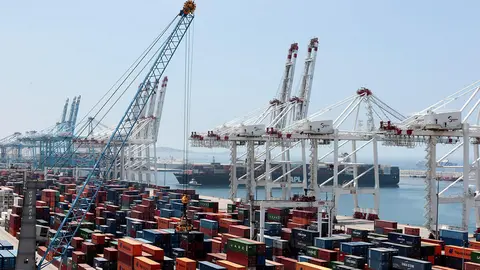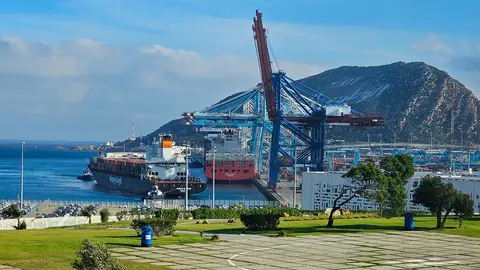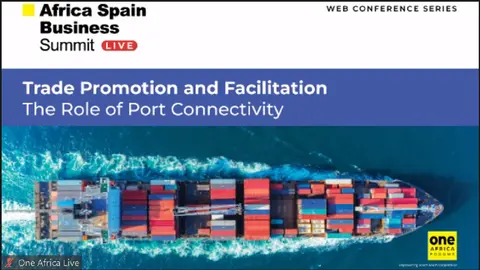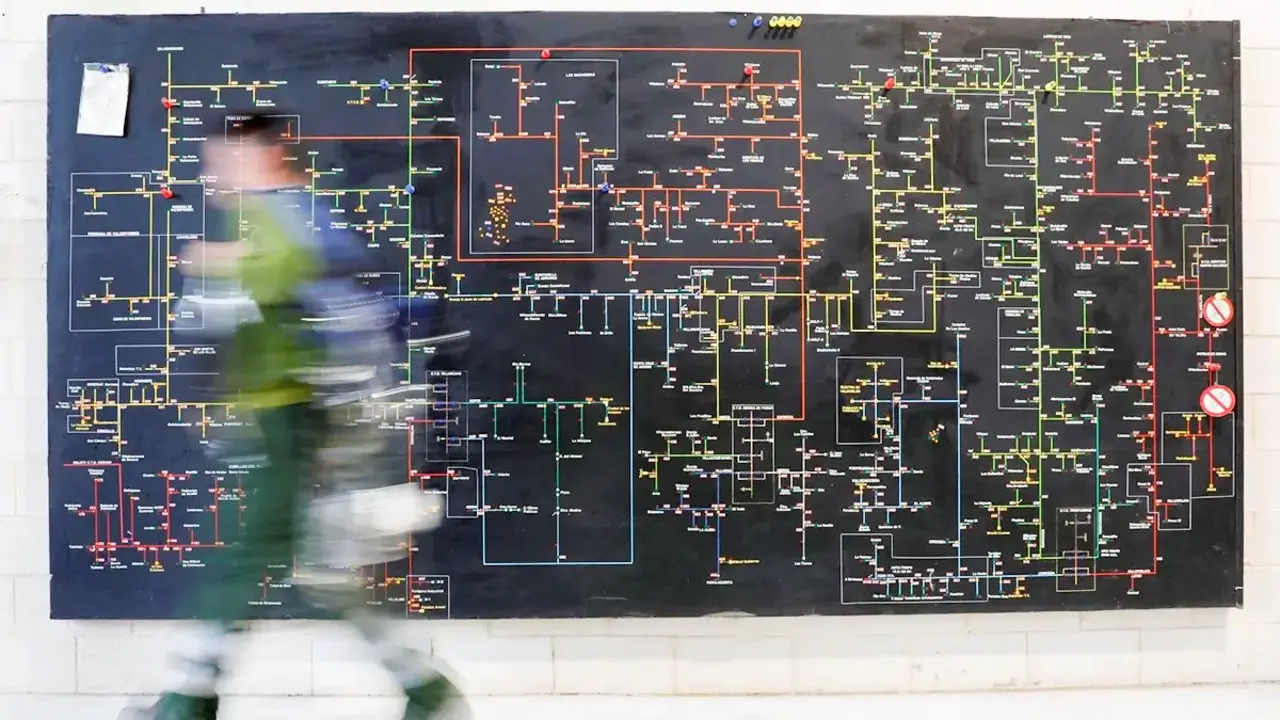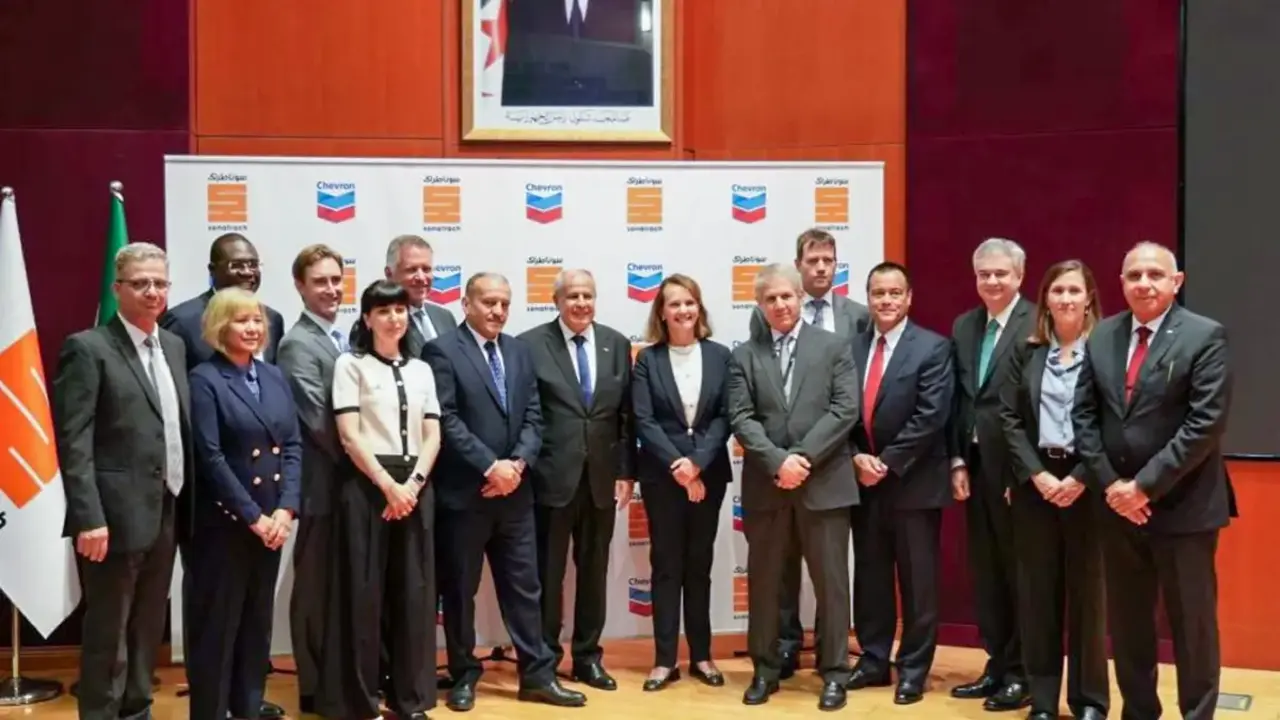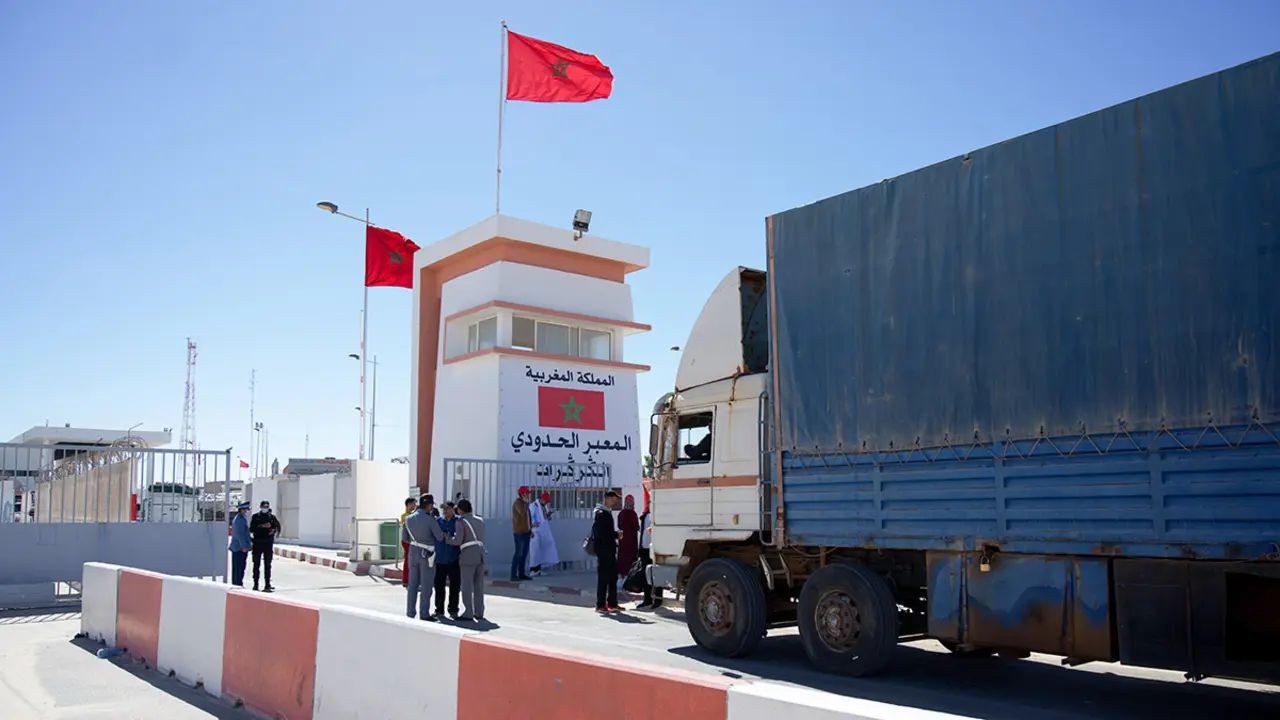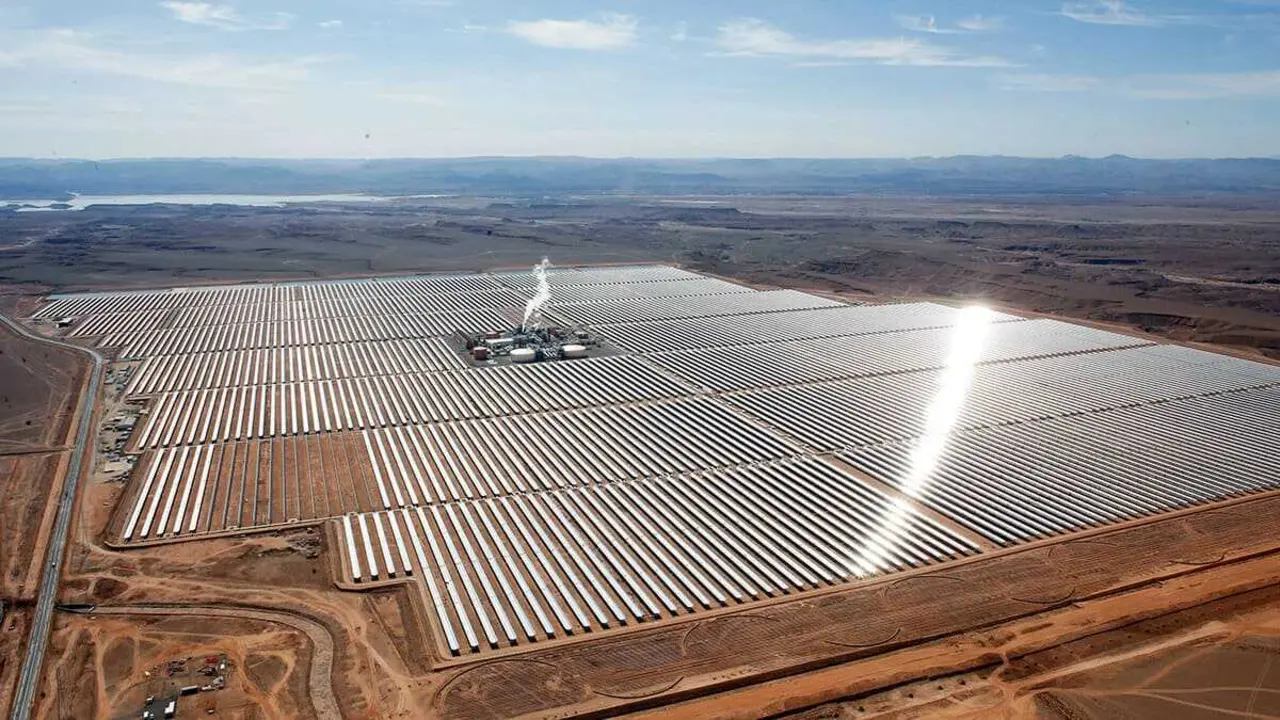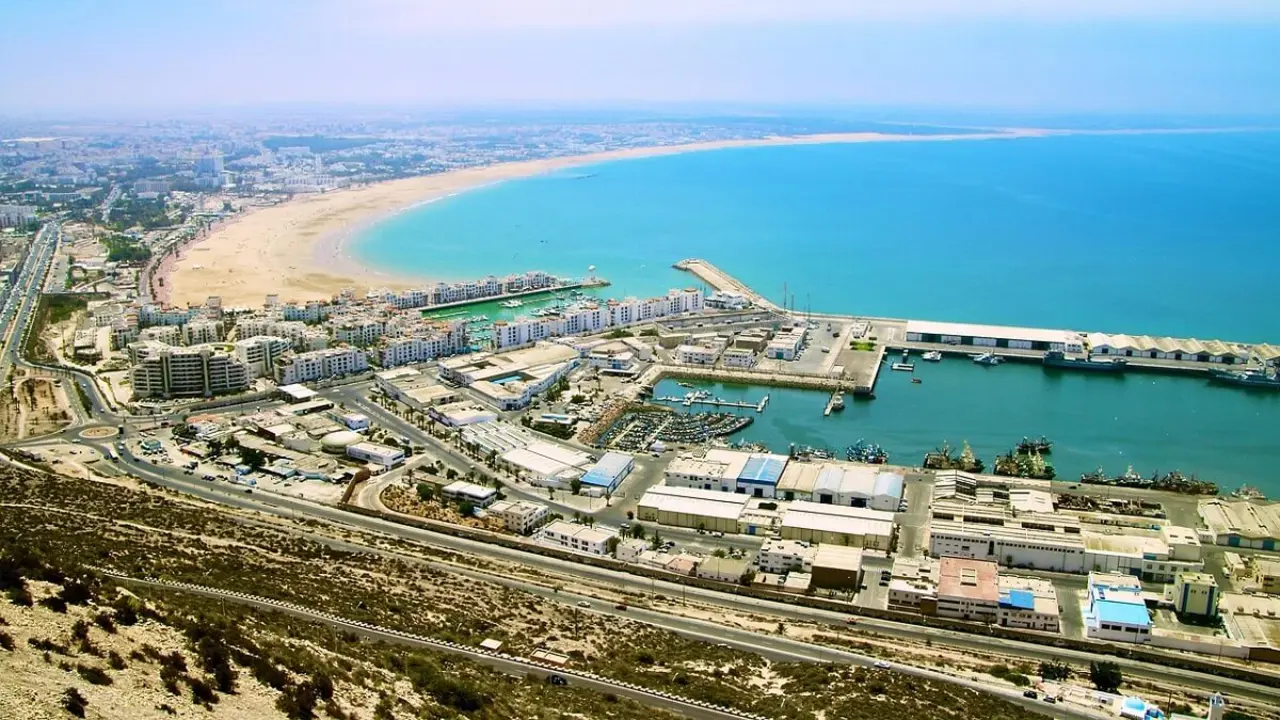The port of Tangier has the capacity to exceed the figures of 2024
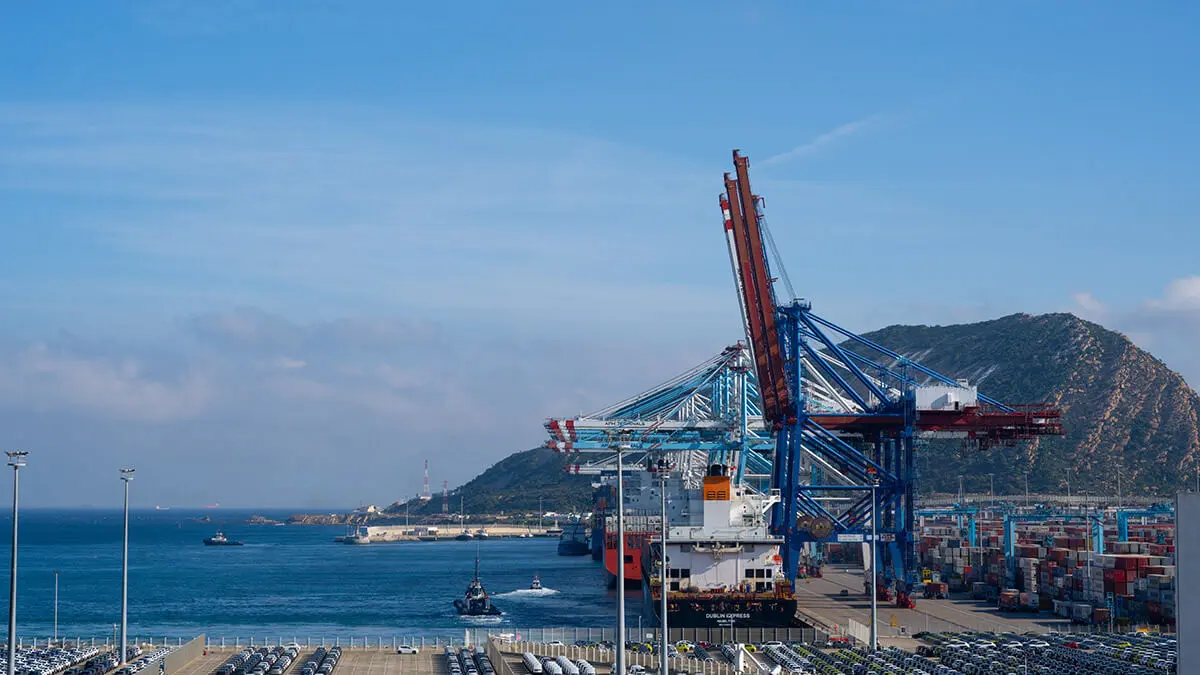
The port of Tangier has built up an international reputation thanks to the logistical capacities it offers, consolidating itself as the maritime commercial gateway for Morocco and a vital link between Europe and Africa.
Authorities overseeing Morocco's largest ports said Tangier Med was likely to achieve record business this year due to the huge maritime traffic it was able to accommodate despite the global maritime problems triggered by the Red Sea crisis.
Rachid Al-Hawari, the port's deputy director general, told Reuters that Tangier Med is expected to exceed its operational capacity of around 9 million containers this year, noting that the Red Sea obstacles had little impact on the port.
Last year, Tangier Med maintained its lead over all Mediterranean Sea ports after operating some 8.61 million containers, an increase of 13.4 per cent compared to 2022.
Official data show an increase of 14.9% in total container cargo passing through the port during the first quarter of 2023, adding up to 33.3 million tonnes. On the other hand, an 18.3$ increase in revenue was also experienced, achieving around one billion dollars.
"All the port's terminals achieved a slight increase over their nominal capacity, and so I see that we will slightly exceed the equivalent of nine million containers," said Al-Hawari, who expressed his desire for the port to operate "at its maximum capacity".
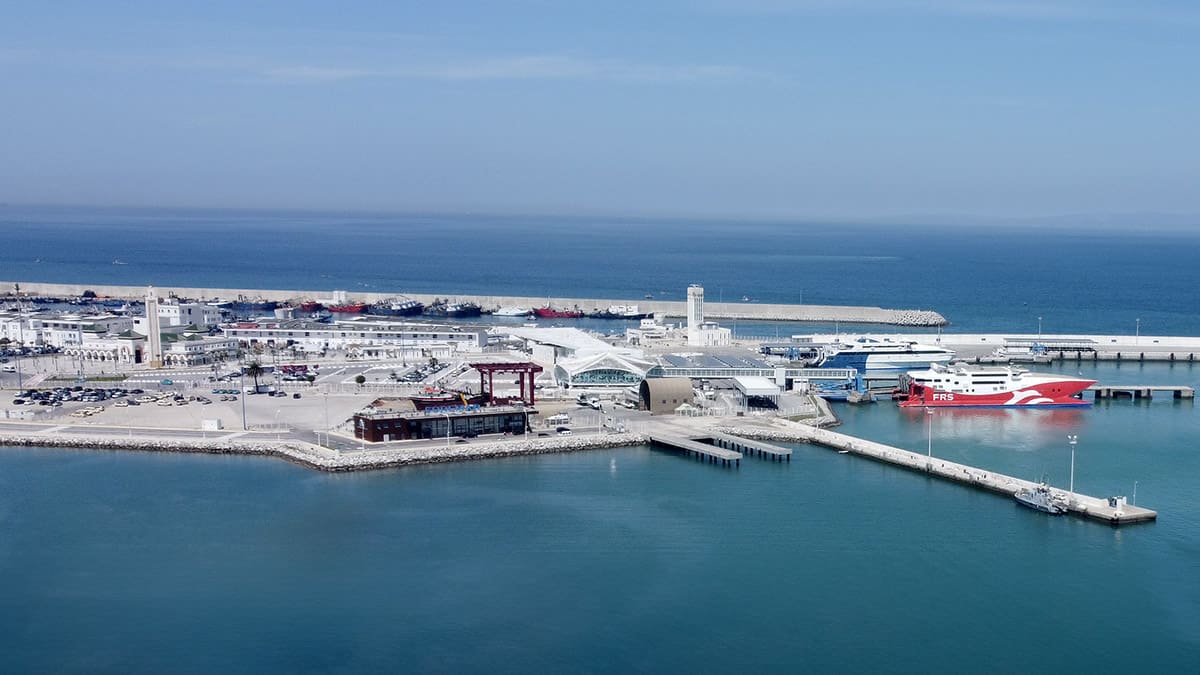
The Moroccan authorities hope that Tangier Med will become one of the most important maritime trade gateways in the world thanks to its privileged geographical location. They are also looking to profit from the port's role as a connecting point for container shipping lines, especially between Asia, Africa and Europe.
The port of Tangier, close to the Strait of Gibraltar, is connected to more than 186 ports in 77 countries and is located close to the adjacent industrial free zone where more than 900 international companies operate.
The Tangier Med Special Agency (TSMSI) manages this complex which includes cargo and passenger ports and economic zones with a capacity of up to 9 million containers per year.
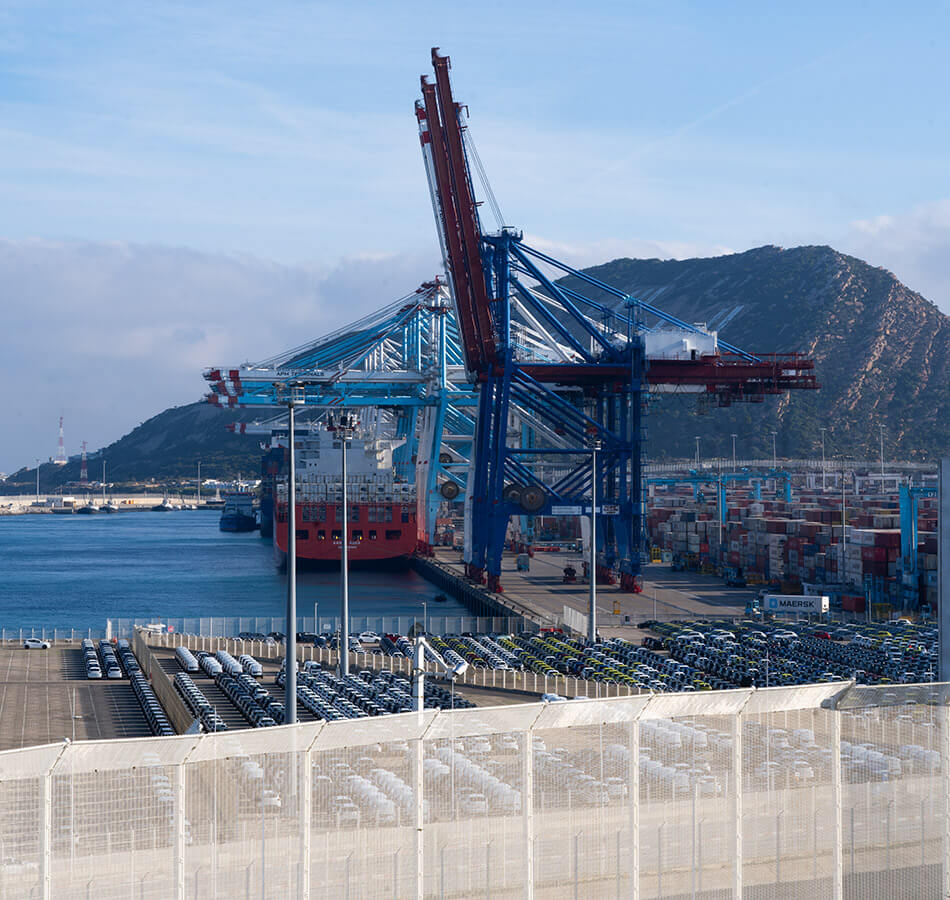
Al-Hawari indicated that the most prominent growth factors in the port's activities are its location, which allows it to connect to some 180 ports and to partner with major shipowners and port operators such as Maersk, Hapag-Lloyd, and CMA-CGM.
Regarding the attacks by Yemen's Iranian-backed Houthi rebels in the Red Sea, Al-Hawari pointed out that containers crossing the region accounted for about 25% of those frequenting the port, as most of the traffic comes from trade in Africa, Europe and America.
The importance of the port is increasing with the presence of industrial zones which include around 1,200 companies employing approximately 110,000 people and producing exports worth 15 billion dollars last year, equivalent to 20% of total Moroccan exports.
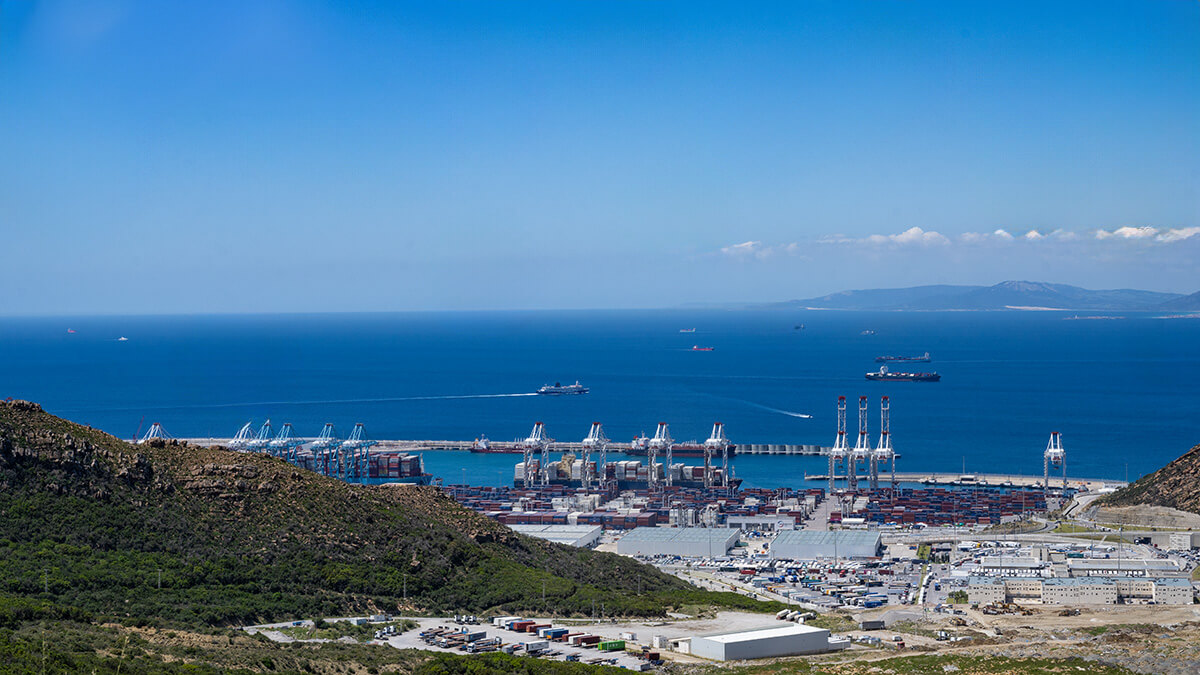
During 2022, Tangier's economic zones attracted new private industrial investments worth $218 million, driven by the connection between the port and northern Europe and the United States.
In this respect, the port plans to expand its industrial areas from 2,500 hectares to 5,000 hectares to attract more investors, as revealed by Al-Hawari.
The country's largest port is ranked as the first industrial platform in Africa and the second largest economic zone in the world after Jebel Ali in Dubai. It also ranks first in Africa and the Mediterranean basin for the fifth consecutive year in terms of container volume.
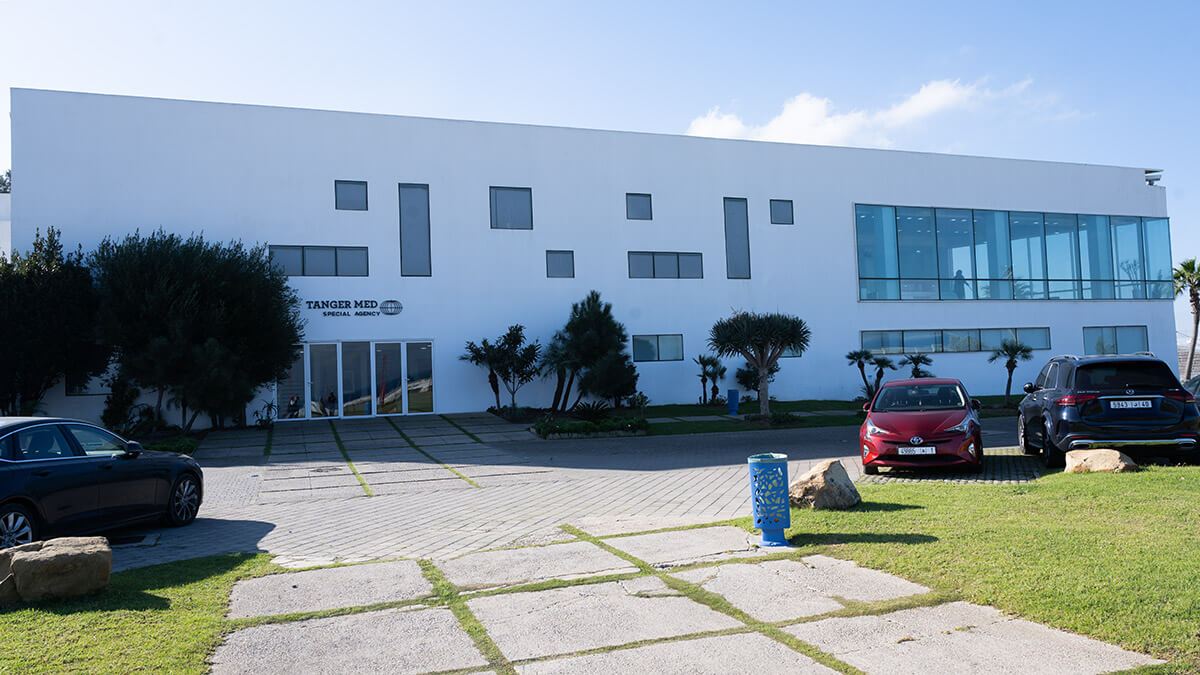
In 2015, Tangier Mediterranean Port initiated the establishment of the African Special Economic Zones Organisation (AESZO), whose members include 85 economic zones from 45 African countries.
The government is now considering expanding the port, in line with the growth of shipping and operations, in order to achieve more gains for the country by increasing export operations.
Through the Tangier Med Port Authority, the port is seeking to raise 382 million dollars to finance part of the investment costs of the project, including approximately 110 million dollars from a World Bank loan given to Morocco.
This expansion will help to maintain and raise the port's good figures, also facilitating its entry into the list of the 20 largest ports in the world over the next few years. It is currently ranked 23rd internationally.


